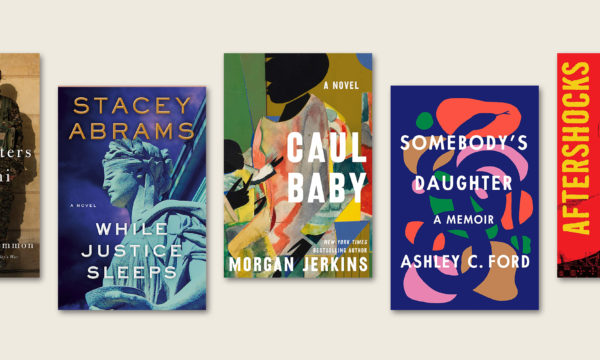Champagne, but Not: 4 Sparkling Wines that Won’t Break the Bank
March 18, 2016
The last-minute party invite. The bridal shower that almost slipped your mind. The impromptu celebration at work. There are endless reasons to have a few bottles of bubbly at the ready, but in case you didn’t know: Champagne isn’t cheap. The good news is that there are tons of affordable alternatives that you can stockpile to your heart’s content.
To clarify, true Champagne must come from the Champagne region of France (and typically starts at around $40 a bottle). Sparkling wines, however, are produced in regions throughout the world (and, many would argue, are just as good as Champagne). We’ve seen Cava, Crémant, and Prosecco pop up on wine lists, but what exactly are they? How do they differ from one to the next? Consider this your cheat sheet to sparkling wines that won’t break the bank.
1. Prosecco (~$15 per bottle)
The most popular of the bubblies, Prosecco dominates the market for affordable sparkling wine. Statistics show that Prosecco sales have surpassed those of true Champagne, proving that inexpensive bubbly consumption is on the rise. Prosecco hails from nine regions throughout the Veneto and Friuli-Venezia Giulia areas in Italy. It’s predominately made from the Glera (otherwise known as Prosecco) grape, though small amounts of other grape varieties are sometimes included. The sweetness of Prosecco can range, and with so many producers on the market, the options can be overwhelming. Not sure where to start? Try crisp, dry Casalini Extra Brut Prosecco.
2. Cava (~$15 per bottle)
Literally meaning “cave” or “cellar” in Spanish, Cava is a sparkling wine produced in Catalonia, Spain (with the majority of production occurring in the Penedès region). The most popular grapes used in Cava production are Xarello, Macabeu, and Parellada. Small amounts of non-sparkling red wine may be added to Cava to produce sparkling rosé. Cava gets its bubbles the same way true Champagne does, which is to say, the bubbles come from secondary fermentation that occurs in the bottle. As with Champagne, Cava ranges in taste from dry (brut) to sweet (dulce). You can’t go wrong with Naveran Brut Cava or the rosé option.

3. Lambrusco (~$18 per bottle)
Once forgotten but now experiencing a comeback, Lambrusco is a fun option for those who prefer a sparkling red. Back in the ‘70s and ‘80s, Lambrusco was actually the most imported wine to the United States. Lesser known and extremely underrated, this frizzante (lightly sparkling) red wine is incredibly versatile, pairing perfectly with barbecue or pizza. Lambrusco comes from Italy’s Emilia Romagna region (plus one lone region in Lombardy), and like most other sparkling wines, covers an entire sweet-dry spectrum. This Chiarli Lambrusco is dry yet fruit-forward, with ideal acidity and perfect balance. In other words, it’s the Ampersand Woman of wines.
4. Crémant d’Alsace (~$20-$25 per bottle)
For an inexpensive wine that rivals Champagne, Crémant d’Alsace is the way to go. Crémant is the word for sparkling wine made in France, though not in the Champagne region. Located in eastern France on the border of Germany, Alsace is heavily influenced by both cultures in terms of language, food, and wine. Crémant d’Alsace is produced with the same base grapes as Champagne (Chardonnay and Pinot Noir,) though where Champagne may use Pinot Meunier, Alsatians substitute it with Pinot Blanc, Riesling, Pinot Gris, or Auxerrois. While Champagnes can be aged, Crémants should be consumed within five years of production. In other words, start drinking! Here are our top two picks.
As with most wine-related scenarios (we love those scenarios), sampling is the best way to figure out your preferences. Experiment with different grapes, sweetness / dryness, and regions. After all, you can buy three bottles of sparkling wine for what you’d pay for one bottle of standard Champagne. Go to town.









